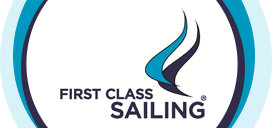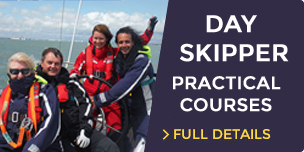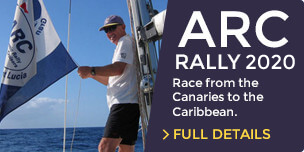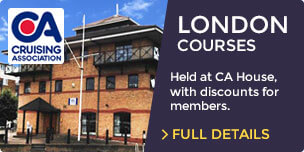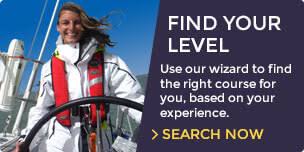RYA Yachtmaster First Aid Requirements
725 views | February 2nd, 2024
One of the prerequisites for taking the RYA Yachtmaster Coastal or Yachtmaster Offshore qualification is having a valid first aid certificate. First aid at sea is an essential skill, as in the unlikely event of a medical emergency, prompt action and first aid knowledge can save lives.
So, which first aid certificates are valid for a Yachtmaster qualification?
Your first choice and default qualification should be the RYA First Aid Course. It’s a one-day course that we offer in Southampton and London. The course is specifically tailored for the unique challenges of administering first aid at sea, and once qualified, it is a valid first aid course for those taking their Yachtmaster qualifications next.
It’s worth noting that the RYA First Aid Course is “also accepted by the Maritime and Coastguard Agency (MCA) for use on board small commercial vessels and by World Sailing for compliance with the Offshore Special Regulations and covers the requirements of the Health and Safety regulations for the purposes of emergency first aid at work training.”
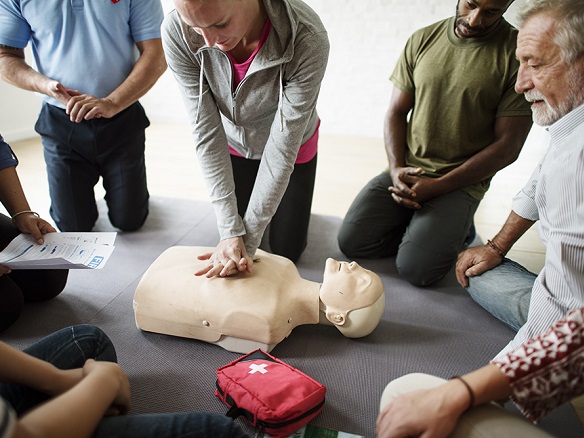
However, alternative first aid qualifications are also valid pre-requisites for Yachtmaster, but only if they meet the following criteria as specified by the RYA:
Minimum requirements for a qualifying first aid course
The course duration should be one full day, with at least six hours of instructional time. Once completed, the student should know the following:
- Understand the role of a first aider regarding:
• The importance of preventing cross infection.
• The need for recording and/or reporting incidents and accident.
• Assessing a scenario and circumstances to ensure they act safely, promptly, and effectively in an emergency. - Can perform CPR to current protocols and understand the differential for drowning.
- Understand the importance of the recovery position and the need to modify it for small spaces.
- Can administer first aid to those who are unconscious.
- Can identify types of external bleeding and control bleeding.
- Can use appropriate dressings, bandages, and other first aid equipment available, including improvised dressings and bandages.
- Understand the term shock, recognise and treat it.
- Can recognise and understands the treatment for hypothermia following immersion and/or exposure.
- Recognise the signs of a reduced level of response, with reference to serious head injuries.
- Can administer suitable first aid for:
• breathing difficulties.
• choking.
• chest pain.
• seasickness.
• diabetic emergency.
• anaphylaxis.
• hyperthermia.
• fractures.
• seizures.
• burns, including scalds, chemical and electrical.
• minor injuries including small cuts, grazes, bruises, and small splinters. - Can choose suitable first aid equipment.
You should ensure that your first aid certificate is retaken every three years so that you can keep current and fresh with how to administer first aid at sea.
Posted by: First Class Sailing
